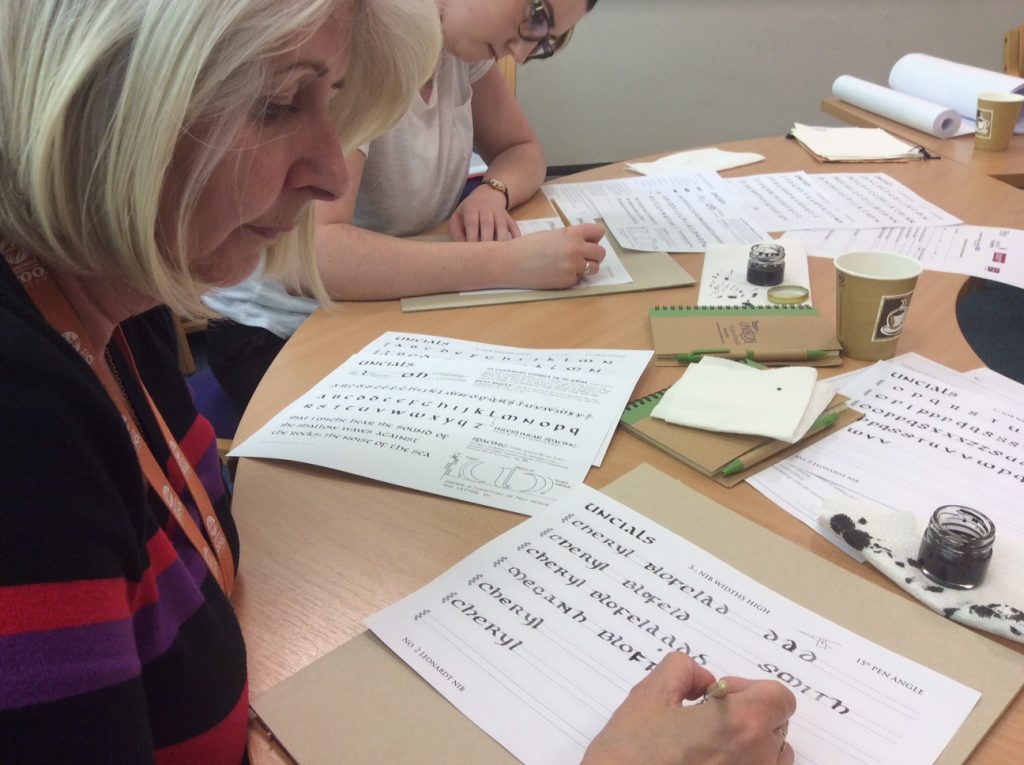


Taken together, these results show a strong relationship between low learning and school dropout for both genders. Between the ages of 12 and 15, being a girl is associated with a 22 percent reduction in the odds of school dropout, though this result has slightly lower statistical significance ( p < 0.1). Between ages 8 and 12, being a girl is associated with a 39 percent reduction in the odds of school dropout when we control for these other factors. Second, the regressions show that after controlling for other factors in our data, such as rural/urban geography, pre-primary attendance, household wealth, and household head education, girls in this sample are still less likely to drop out of school between ages 8 and 15 than boys. We find a similar, strong, and significant relationship between math test scores and dropout between the ages of 12 and 15 – in both genders, a one standard deviation higher math score is associated with a 49 percent reduction in the odds of dropout. For boys, one standard deviation higher math score at age 8 is associated with a 56 percent reduction in the odds of dropping out by age 12. For girls, a one standard deviation higher math score at age 8 is associated with a 49 percent reduction in the odds of dropping out by age 12. First, we find a strong, significant relationship between achievement on mathematics tests at age 8 and the odds of dropping out of school four years later for both girls and boys. Table 1 shows gender disaggregated regression results. Differences in dropout rates between girls and boys are statistically significant (p<0.05) in both time periods. Source: Authors’ analysis of Young Lives surveys. Girls in Young Lives countries are less likely to drop out than boys Furthermore, we find no statistically significant differences in boys’ and girls’ performance on cognitive tests they perform equally well at both ages we analyse.įigure 1. Dropout is higher for both genders in the second period: between ages 12 and 15, 7.1 percent of girls dropped out, compared with 8.5 percent of boys. Between ages 8 and 12, 1.3 percent of girls dropped out versus 2.2 percent of boys. įirst, descriptive statistics show that girls in our sample are less likely to drop out of school than boys (Figure 1). Then again, for the children who were still in school at age 12, we examine the association between test scores at age 12 and whether they are still in school at age 15. For children in the sample who are in school at age 8, we examine the association between test scores at age 8 and whether they are still in school at age 12. The Young Lives surveys follow the same children in Ethiopia, India, Peru, and Vietnam for multiple survey rounds, enabling us to link learning and later dropout. In order to investigate the relationship between gender, low learning, and subsequent school dropout, we examine how test scores (on cognitive skills assessments) in one survey round are associated with whether the child is still in school in the following round, three to four years later. Girls report seeking ways to provide for their futures, and when it becomes clear that they are learning too little for school to provide future security, they seek other means such as a husband or a job.Ī strong link between learning and later dropout The qualitative findings reveal that low learning often underlies other, more commonly cited reasons girls drop out such as marriage or work. The quantitative data reveals a strong link between low learning and later dropout. The paper draws on longitudinal quantitative and qualitative data from the Young Lives Surveys in Ethiopia, India, Peru, and Vietnam to understand why children drop out of school. A new RISE working paper suggests good news: that progress on the girls’ learning goal may actually be one of the keys to delivering on the girls’ schooling goal. The G7 recently agreed to two new education objectives: ensure that 40 million more girls attend school and that 20 million more girls are able to read by 2026. Improving learning could be key to achieving both schooling and learning goals. Written by Michelle Kaffenberger, Danielle Sobol, Deborah Spindelman, Marla SpivackĪ new paper shows that girls who are learning are more likely to stay in school.


 0 kommentar(er)
0 kommentar(er)
